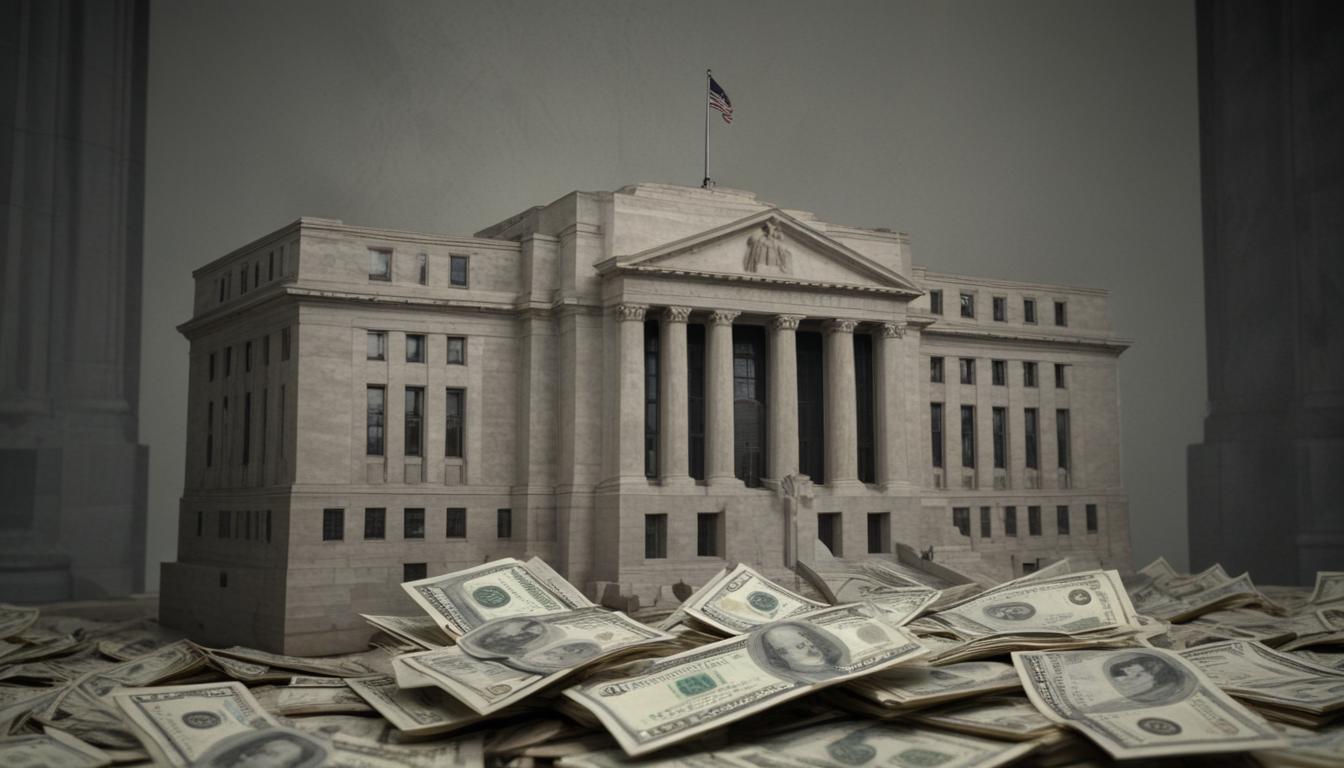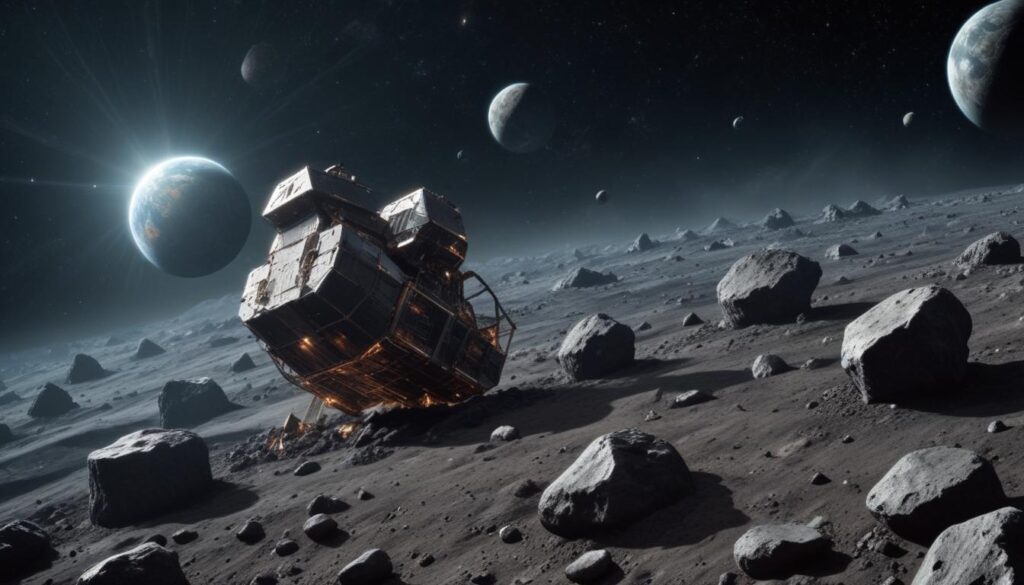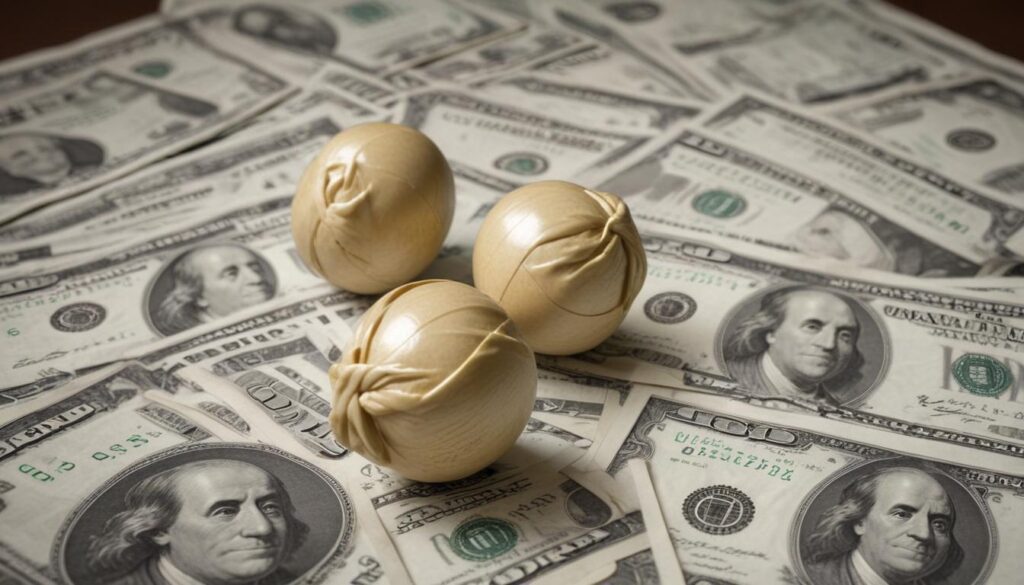Now Reading: How Central Banks Control the Economy
- 01
How Central Banks Control the Economy
How Central Banks Control the Economy

The Role of Central Banks in the Economy
Does the news about interest rates, inflation, and the economy ever make your head spin? It can feel like a complex, unpredictable machine that directly impacts your wallet, yet no one ever explained who is behind the controls. You hear about major decisions that affect your mortgage, your savings, and even your job security, but the “why” and “how” remain a mystery.
You are not alone. Understanding the economy starts with understanding the institution at its very heart. This guide will pull back the curtain on central banks, revealing their crucial role in plain English. We will demystify their actions and show you exactly how these powerful entities work to create a stable and prosperous economy for everyone.
What Exactly Is a Central Bank
Think of a central bank as the bank for all other banks and for the government. It is a unique financial institution given a special responsibility to oversee a country’s or a region’s monetary system. Its primary goal is not to make a profit but to manage the nation’s currency, money supply, and interest rates to foster a healthy economic environment.
Not Your Average Bank
You cannot walk into a central bank to open a savings account or apply for a loan. Instead of dealing with the public, it works at a much higher level. Its customers are the commercial banks you use every day, like Chase, Bank of America, or Barclays. It acts as the ultimate authority in the banking world, setting the rules of the game to ensure the entire system runs smoothly and safely.
Key Examples Around the World
Most countries have a central bank, though they go by different names. Some of the most influential ones you will hear about in the news include
- The Federal Reserve (the Fed) in the United States
- The European Central Bank (ECB) for the Eurozone countries
- The Bank of England (BoE) in the United Kingdom
- The Bank of Japan (BoJ) in Japan
While their specific mandates can differ slightly, they all share the same core functions.
The Core Functions of a Central Bank
Central banks juggle several critical responsibilities, all aimed at achieving economic stability and growth. Their work can be broken down into three main areas.
Maintaining Price Stability and Controlling Inflation
Perhaps the most well known job of a central bank is to control inflation. Inflation is the rate at which the general level of prices for goods and services is rising, which causes your money to buy less than it used to. While a little inflation is considered healthy for an economy, high and unpredictable inflation can be destructive. It erodes savings, creates uncertainty for businesses, and hurts households on fixed incomes.
Central banks typically aim for a low and stable inflation rate, often around 2% per year. They achieve this through what is called monetary policy.
The Power of Interest Rates
The main tool of monetary policy is the ability to set a key interest rate. This is the rate at which commercial banks can borrow money from the central bank. This single rate has a domino effect across the entire economy.
When the central bank raises interest rates, it becomes more expensive for commercial banks to borrow. They pass this cost on to you and to businesses through higher rates on mortgages, car loans, and business loans. This discourages borrowing and spending, which helps to cool down an overheating economy and bring inflation back under control.
When the economy is weak, the central bank lowers interest rates. This makes borrowing cheaper, encouraging people to buy homes and cars and businesses to invest and hire. This stimulates economic activity.
Striving for Maximum Employment
Many central banks, including the U.S. Federal Reserve, operate under a “dual mandate” to keep prices stable and also to achieve maximum employment. These two goals can sometimes be in conflict. For example, lowering interest rates to boost jobs might risk pushing inflation too high. Central bankers must perform a delicate balancing act to nurture the job market without letting prices get out of hand.
Ensuring Financial System Stability
A healthy economy needs a safe and reliable banking system. Central banks act as regulators and supervisors of the financial sector. They set rules for banks to ensure they have enough capital to withstand losses and are not taking on excessive risk. This oversight helps prevent the kind of financial crises that can devastate an economy.
The Lender of Last Resort
During times of financial panic, even healthy banks can face a sudden rush of withdrawals they cannot meet. In these situations, the central bank can step in as the lender of last resort. It provides emergency loans to solvent banks to ensure they can meet their obligations, preventing a single bank failure from spiraling into a system wide collapse.

How Central Bank Actions Affect You
The decisions made in the boardrooms of central banks have a very real and direct impact on your personal finances.
Your Mortgage and Loan Rates
When you hear news that the central bank has raised or lowered rates, it is a signal that the cost of your own borrowing will soon change. A rise in the central bank’s rate will quickly translate to higher interest on your credit card and a more expensive variable rate mortgage.
The Value of Your Savings
Inflation is the enemy of your savings. If your savings account is earning 1% interest but inflation is running at 3%, the real value of your money is actually shrinking. By fighting to keep inflation low, the central bank helps protect the purchasing power of your hard earned savings.
The Job Market
The economic environment fostered by the central bank directly impacts job availability. A policy that successfully encourages business investment and growth can lead to a stronger job market with more opportunities and better wage growth.
A Balancing Act for a Healthy Economy
The role of a central bank is a continuous and complex balancing act. Its leaders must navigate a sea of economic data to make forward looking decisions that keep inflation in check, support employment, and ensure the financial system remains robust.
By understanding their mission and their tools, you are better equipped to understand the economic forces shaping your world. You can see why your mortgage rate is changing or what might be on the horizon for the job market, empowering you to make smarter financial decisions for your future.





































